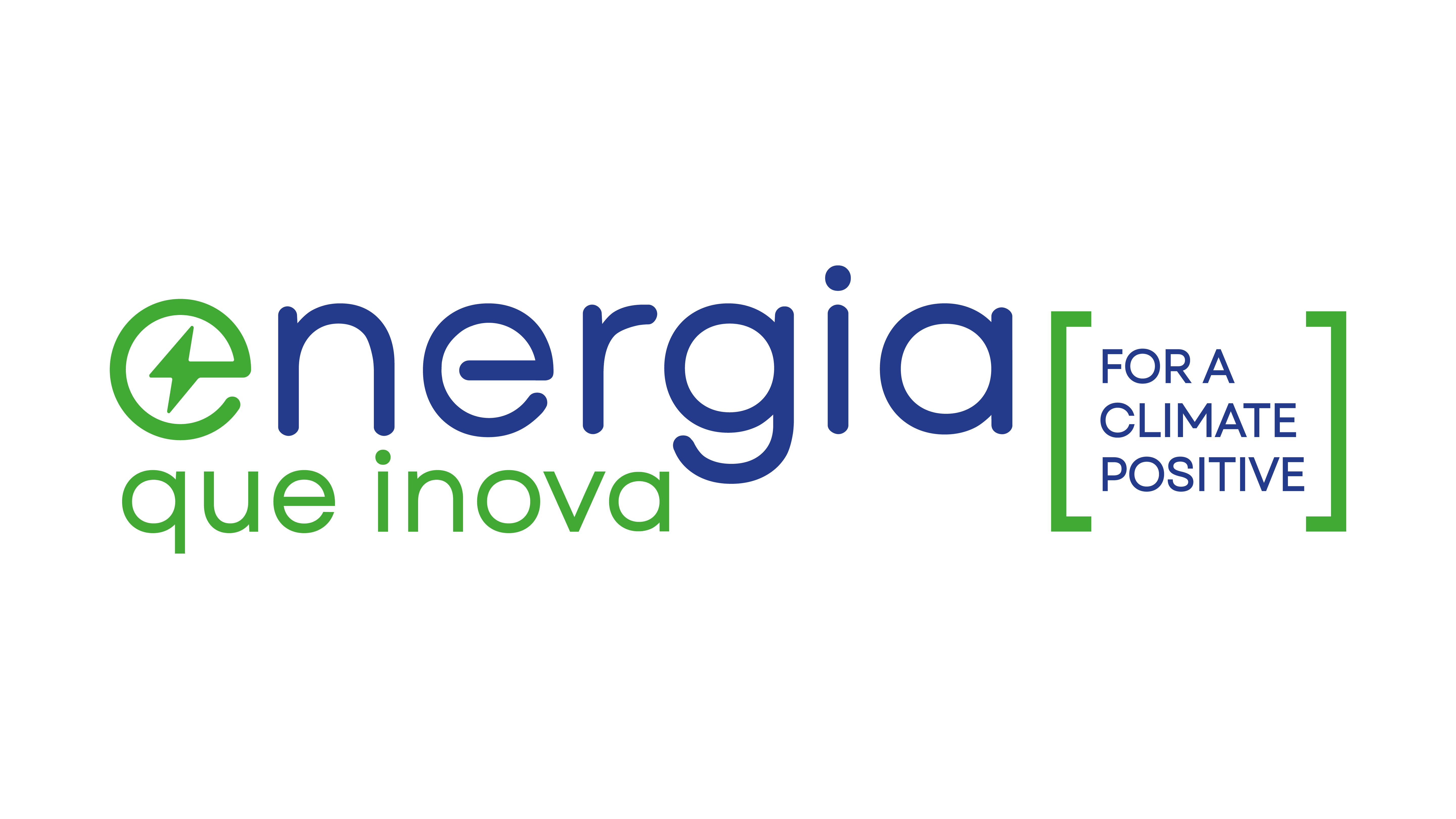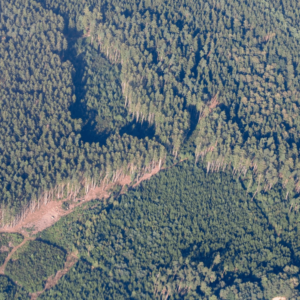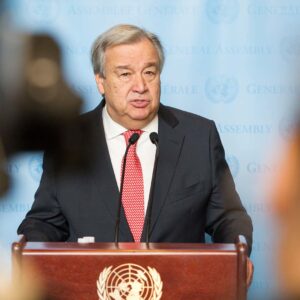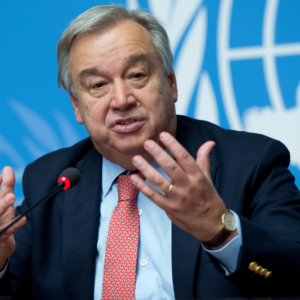O National Electric System Operator (ONS) released important information about the energy situation in the country, stating that the stored energy could remain above 80% in three subsystems at the end of July. This news brings relief to the electricity sector, which has been facing challenges due to the lack of rainfall in some regions.
The North Region maintains the highest level of Stored Energy (EAR), reaching 95.1%, followed by the Southeast/Midwest, with 82.9%. The South and Northeast are expected to reach EAR of 80.6% and 79.2% by July 31st. If these percentages are confirmed for the Southeast/Midwest and North, they will be the highest recorded in the historical series for both regions.
According to the ONS, the Southeast/Center-West, South and North subsystems present favorable perspectives in relation to water storage levels in the hydroelectric reservoirs. These subsystems are extremely important for the supply of energy in the country and their hydrological conditions have a direct impact on electricity generation.
In the Southeast/Center-West subsystem, which concentrates the largest hydroelectric generation capacity in the country, the forecast is that stored energy will remain above 80% until the end of July. This estimate is the result of reservoir management strategies, adoption of energy saving measures and greater diversification of the energy matrix.
The Southeast/Midwest subsystem, which houses 70% from the reservoirs of the National Interconnected System (SIN), has a perspective of reaching an Affluent Natural Energy (ENA) equivalent to 84% of the Long Term Average (MLT) by the end of July, remaining as the highest projection among all regions. As for the North, Northeast and South subsystems, ENA estimates up to the end of July are 79%, 56% and 52% from MLT, respectively.
In the South subsystem, it is also expected that the stored energy will be above 80%, which contributes to guarantee the region's energy supply. The ONS highlights the importance of integrated management of water resources and collaboration between states to maintain this level.
In the North subsystem, although the situation is a little more challenging, the expectation is that the stored energy will remain around 83%. This result is the result of management measures and the efficient use of water resources, contributing to the stability of the electrical system in the region.
Maintaining these levels of energy storage is crucial to avoid problems with electrical supply, especially in a scenario where hydrological conditions are not favorable due to lack of rainfall. The diversification of the energy matrix, with the incorporation of renewable sources, such as wind and solar, also plays a fundamental role in the country's energy security.
The ONS reinforces the importance of awareness and efficient use of energy by the population and companies. Simple measures, such as reducing consumption at peak times and adopting sustainable practices, can contribute to the balance of the electrical system and the preservation of natural resources.
Although the current situation presents positive perspectives, the ONS emphasizes the importance of continuous monitoring and the adoption of preventive measures to guarantee the stability and sustainability of the Brazilian electricity sector. Monitoring hydrological conditions, diversifying the energy matrix and promoting the conscious use of energy are key pillars to face future challenges and build a robust and sustainable energy system.













